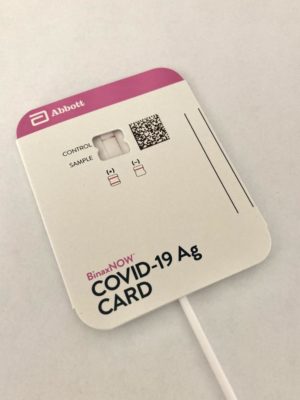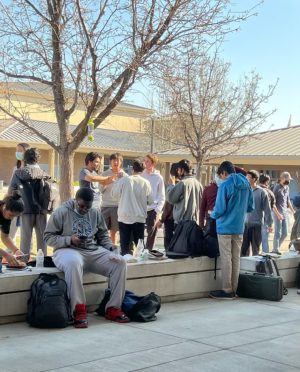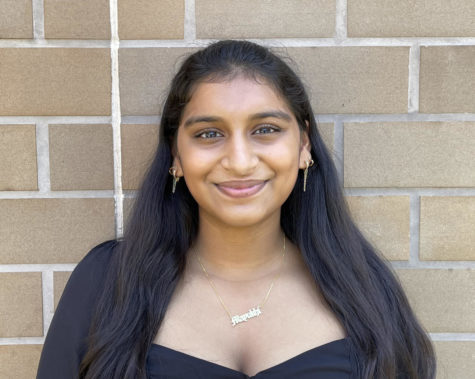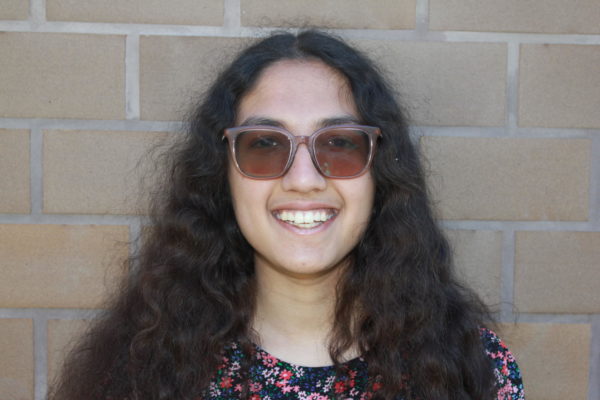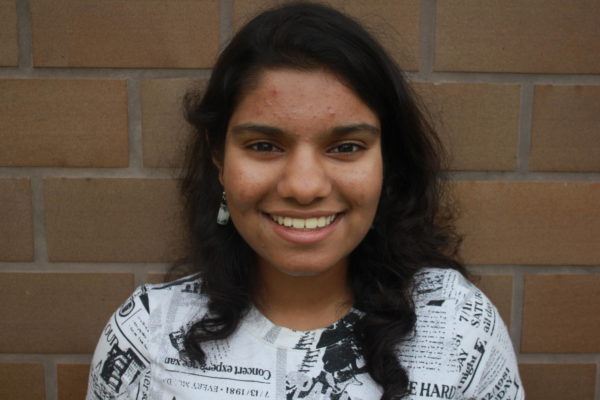SRVUSD lifts mask mandates in all K-12 settings
Removal of mask mandate provides students and staff members with the flexibility to wear masks based on their own comfort levels.
April 21, 2022
On March 14, San Ramon Valley Unified School District lifted mask mandates in all of their K-12 settings, prompting mixed responses from the Dougherty Valley community.
The decision was made by Gov. Newsom, the California Department of Public Health, and Contra Costa Health Services on Feb. 28. Students are no longer required to wear their masks in the school grounds, although they are strongly recommended. The same confirmation for staff members soon followed on March 1.
The decision made by state public health officials has received immense support from SRVUSD, who issued letters to the state and county departments regarding mask mandates a week earlier.
One letter sent to Gov. Newsom explained that the requirement to wear masks was “diverting school staff and administrator time from teaching and learning to mask compliance management.” The letters urged for the district to receive a clear plan to make the mask-wearing requirements optional for schools.
Dougherty Valley High School principal Evan Powell appreciates the state and district’s decision and its flexibility.
“It’s highly recommended and still there, and I think that’s open to everyone’s interpretation,” he said. “But, I’m just excited with how students and staff have a choice.”
Spanish teacher Liz Watkin has chosen to remove her mask due to the drop in COVID-19 cases. She describes how she used to wear her mask to protect her grandmother, who is more vulnerable to severe symptoms of the virus.
“But now I’m vaccinated and boosted. It just feels less scary, I guess,” Liz said.
According to a poll conducted by the Wildcat Tribune on March 15, 94% of students and staff members still wore their masks to school. Many students, such as DV freshman Trisha Rajganesh, have continued to wear a mask despite the recent removal of the mandate, citing the potential spread of new COVID-19 variants as one of the reasons.
“I think a reason [people] are still wearing masks now is to make sure that for the next month there’s no [spread] of new variants,” Rajganesh explained.
Sophomore Alexis Kwon expressed how she feels about masks in general. “It might be uncomfortable physically, but mentally I feel like it keeps me thinking I’ll stay healthy all throughout the pandemic.”
On the other hand, the Omicron variant spreads more easily than the original COVID-19 and Delta variant, but generally causes less severe illness, according to the CDC. Due to decreased severity in symptoms and the herd immunity that some students have gained after contracting the disease, Rajganesh believes that COVID-19 prevention with wearing masks isn’t as necessary anymore.
“I think it’s safe right now… I’ll probably stop wearing masks in a month or so,” she corroborated.
Nevertheless, the decision helps students and teachers feel relieved to have the ability to take off their mask whenever they feel uncomfortable or need to drink a sip of water.
“For me, there [are] times I’m going to wear [the mask], like when I’m in a hallway of 1,300 kids, and times I’m not if I’m the only one in the building,” Powell said.
Wearing a mask indoors, including in almost all school settings with children ages 2+, has been a CDC guideline since the onset of the COVID-19 pandemic. This mandate has posed socio-emotional learning challenges to students, especially younger children and those with developmental disabilities. In fact, a PLOS One research paper states that “facial masks affect emotion recognition in the general population and individuals with autistic traits.”
However, masks haven’t solely affected younger kids, but also high school students due to the lack of social interaction.
Liz explained how her enthusiasm during teaching often is harder to communicate with masks on.
“Sometimes, I’ll be smiling, but I feel like the kids can’t tell,” she said. “It looks so serious when masks are on, like a somber-like atmosphere.”
Facial masks also affect students who are learning how to read, as masks prevent students from using lip-reading cues.
“[Considering] the educational experience in terms of making connections with the individuals, you can really understand someone better when you see their entire face and who they are,” Powell said.
Rajganesh pointed out how masks make it more difficult to understand what a teacher or student is saying.
“Sometimes, especially if [my teacher] is far away and is saying instructions, it’ll be difficult to hear, so they have to repeat themselves or speak very loudly,” she said.
To prevent potential increases in cases, Powell reassures that the school still has measures in place to prevent the spread of COVID-19, such as contact tracing.
“[Custodians are still] doing heavy disinfecting every night, so the cleaning is absolutely still there,” Powell said, “nothing’s changed with that.”
The official day that masks came off, March 14, was also close to the two year anniversary of the beginning of the first lockdown.
“We’ve come a long way from ‘load up your grocery cart and plan for six weeks of staying home’ to ‘there’s multiple vaccines and reduced rates of hospitalizations and serious illness,’” Powell commented.



